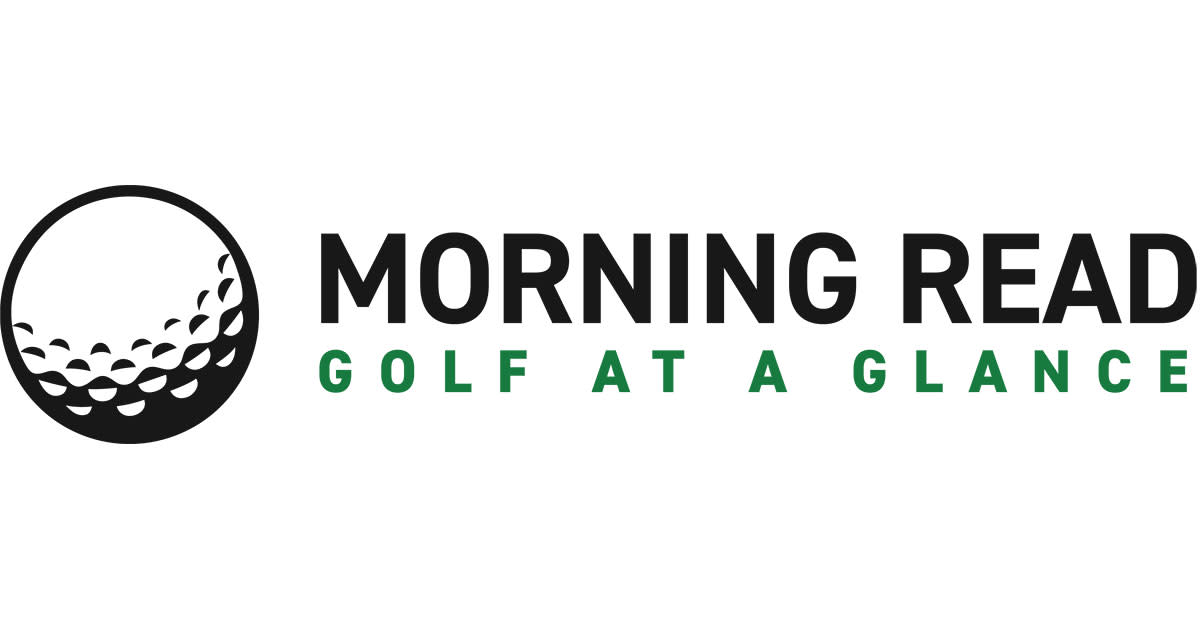
Peeling back the veneer on golf gear
If you bought your latest driver solely because of what you read in a golf magazine or online, then there are about as many brains in its head as there are in yours.
Would you buy a new car without a test drive? Would you purchase it simply after reading the manufacturer’s brochure?
Knowledgeable consumers know that advertiser pressure does in some cases influence product reviews. Similarly, many online reviews are glowing because the poster received the equipment gratis. Some so-called “equipment reviews” are little more than cut-and-paste jobs from the manufacturers’ promotional materials.
In an email to Morning Read, Mike Stachura, a senior equipment editor for Golf Digest, outlined at great length the magazine’s approach, which involves three advisory panels: Innovation (comprised of scientists), Demand (independent retailers) and Performance and Look/Sound/Feel (20-plus players ranging from teaching pros to high-handicappers).
On Golf Digest’s website (http://bit.ly/2rEnqgc), Stachura emphasizes that the magazine’s annual Hot List is intended to be only a good place to start a search for new equipment and that golfers should not automatically buy the top-ranked club. That club could be the wrong design for an individual, who should be fitted for any new club.
(Golf Magazine declined to provide details of its equipment-testing protocol.)
In a refreshing departure from traditional reviews, integrity, irreverence and transparency are the bywords at upstart MyGolfSpy, whose tag line is “Truth Digest … Let’s replace hype with cold hard data.”
“We do not and never will take a single dollar in advertising from the big golf companies,” editor Tony Covey said. “Advertisers come and go, but we can’t jeopardize the trust of our readers.” MyGolfSpy does accept ads from small start-up companies, however, reasoning that they don’t hold enough sway to exert any undue influence on the editorial product.
Significantly, Golf Digest, Golf Magazine and MyGolf Spy custom-fit clubs to the individual tester’s specifications before they start accumulating any data.
So, after you’ve reviewed all the reputable data and, most importantly, been custom fitted, you’re good to go, right?
Well, kinda.
According to Frank Thomas, a former technical director at the USGA who has been involved in the equipment sector for many years but has no affiliation with any major manufacturer, the “placebo effect” of any new club lasts about 45 days. “If the club performs well after the price-tag sticker wears off the shaft, then it was a worthwhile purchase.”
Maybe you should just buy the club with the strongest adhesive on its price tag.
John Gordon, who has covered golf for more than 30 years for Canadian newspapers, magazines and a TV network, has authored eight books on the game. He lives in Midland, Ontario. Email: gordongolf@outlook.com; Twitter: @gordongolf